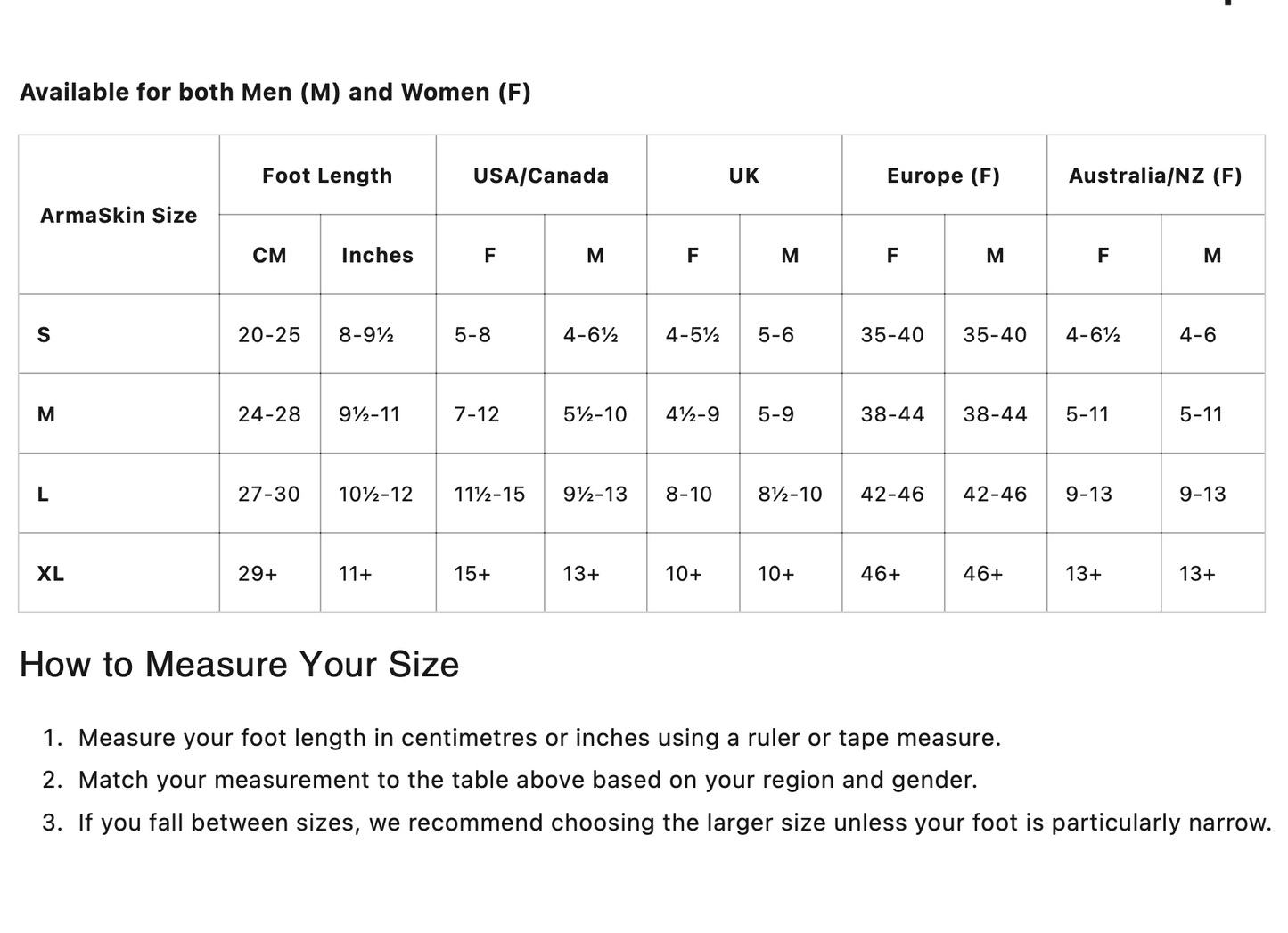ArmaSkin Ambassador Sharon took her ArmaSkin to Uluru. Unlike other icons like the Sydney Opera House, and the Great Barrier Reef, Uluru is globally recognised as characterising the arid red heart of Australia.
Sharon who is an avid trail runner was blown away by the sight. "I am amazed at the spectacular beauty of Uluru, today we were up early for sunrise & then ran around the base, a running dream come true - thankful, grateful, blessed."
For those with a curiosity as to how this "rock" came to feature so strongly on the landscape, Uluru and Kata Tjuta, a separate and stunning formation, started to form about 550 million years ago.
Back then, the Ranges to the west of Kata Tjuta were much taller than they are now. Rainwater flowed down the mountains, eroding sand and rock and dropping it in big fan shapes on the plains. One fan was mainly water-smoothed rock while the other was mostly sand.
Don’t Let Blisters Slow You Down!
Discover the ultimate solution with ArmaSkin Anti-Blister Socks. Designed with advanced friction-reducing technology, these socks keep your feet dry, comfortable, and blister-free – no matter the challenge.
Shop Now
Around 500 million years ago, the whole area became covered in sea. Sand and mud fell to the bottom and covered the seabed, including these fans. The weight of the new seabed turned the fans into rock. The sandy fan became sandstone (Uluru) while the rocky fan became conglomerate rock (Kata Tjuta).
400 million years ago, the sea disappeared. Rocks folded and tilted as the earth’s tectonic plates shifted. Kata Tjuta tilted slightly and Uluru tilted 90 degrees.
Over the last 300 million years, the softer rocks eroded away, leaving the spectacular forms of Uluru and Kata Tjuta behind.









